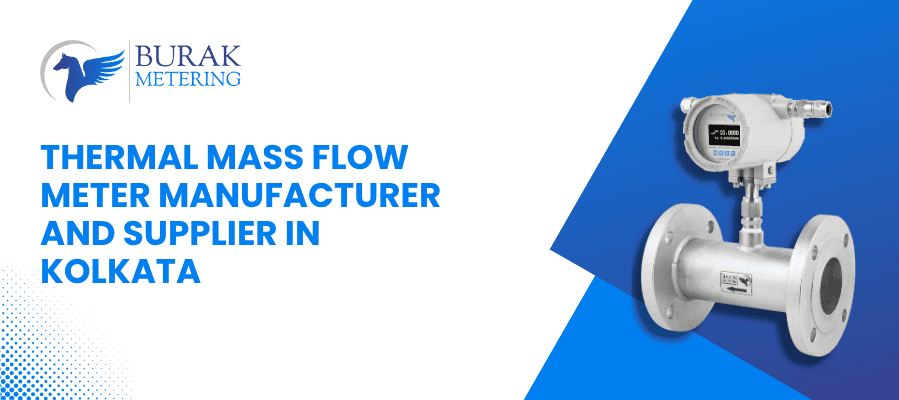 Phone
Phone

The thermal mass flow meter involves a group of instruments for exact mass stream estimation. The sensor test is embedded in the middle line of the stream. Warm mass stream meters utilize the idea of heat diffusion for mass stream estimations. Two resistive temperature identifiers (RTDs) sensors are drenched in the flood of stream underestimation.
The primary sensor, referred to as a speed sensor, has a warming component that screens the mass flow rate. The subsequent sensor, referred to as a temperature sensor, gauges the genuine temperature of the gas streaming in the line as a perspective, regardless of the stream speed. Each gas atom can absorb heat. Subsequently, when the gas moves through the line, heat from the primary sensor (speed sensor) is consumed by the gas particles. As these atoms arrive at the following sensor (temperature sensor), heat is dispersed and is detected by this sensor immediately. The measure of warmth consumed by the gas particles is straightforwardly relative to the number of atoms passing the speed sensor, which is only the mass stream rate.
Learn More: Everything You Need to Know about Thermal Mass Flow Meter
All producers can prepare dry, clean gases. If it is a clammy gas, steady force innovation has been demonstrated to be prevalent. Assuming fluid beads or buildup conditions exist inside the stream, two producers currently have arrangements. One offers a super-warmed, 300°C [572°F] stream component to streak off the drops, while another producer gives a mechanical shunt that keeps fluid beads or condensate from arriving at the sensors. Fox Thermal stream meters utilize a consistent temperature differential innovation to gauge the mass flow rate of air and gases. The warm mass stream sensor comprises two Resistance Temperature Detectors (RTDs). The sensor components are built of a reference-grade platinum wire twisted around artistic mandrels embedded in tempered steel or Hastelloy tubes.
The Reference RTD estimates the gas temperature. The instrument hardware heats the mass stream sensor, or warmed component, to a steady temperature differential (consistent ∆ T) over the gas temperature and measures the cooling impact of the gas stream. The electrical force needed to keep a constant temperature differential is straightforwardly relative to the gas mass stream rate. The chip at that point linearizes this sign to convey a straight 4-20mA sign.
Contact us today to discuss the right flow solution for your process.